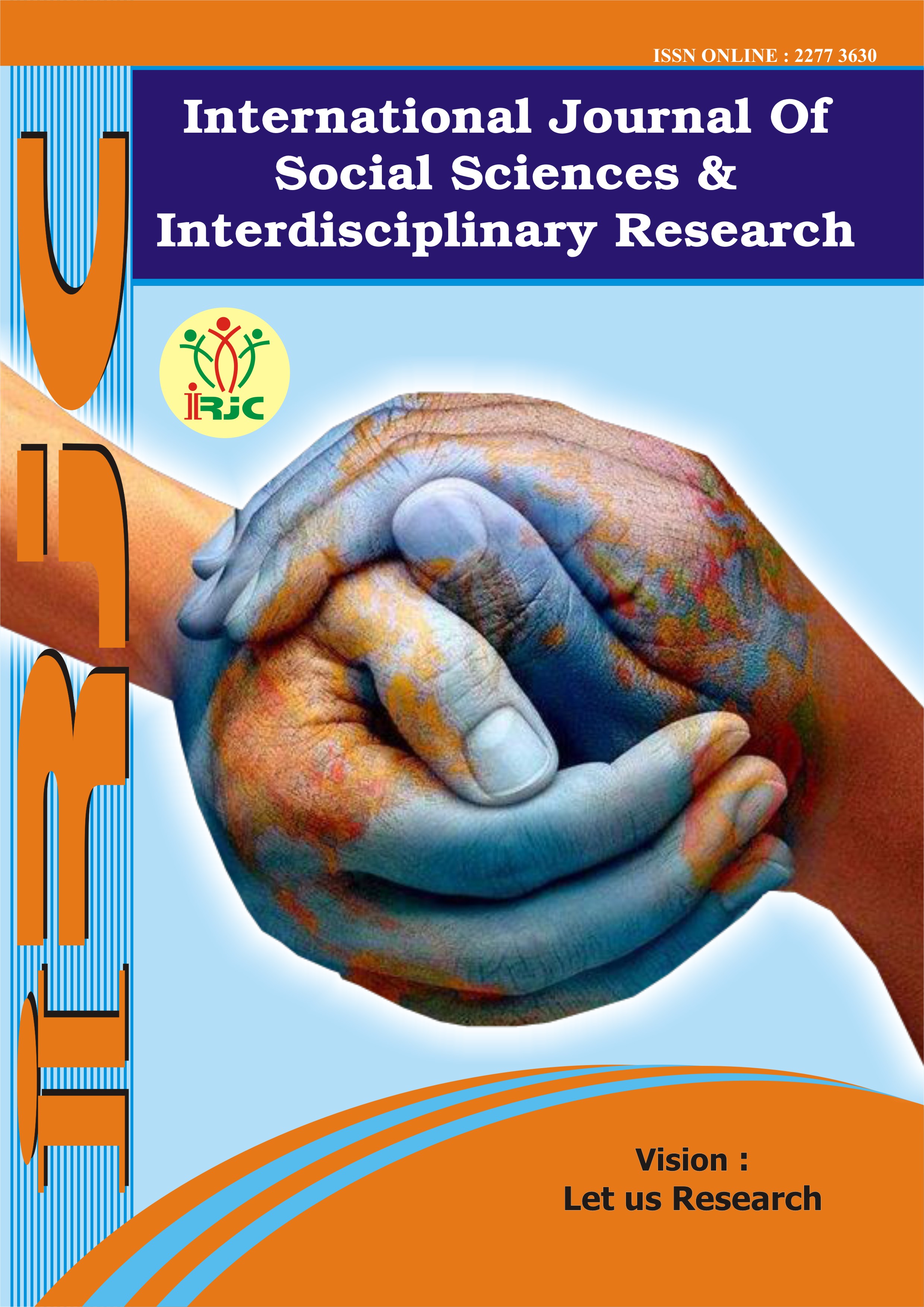Psychological characteristics of a fully functioning individual: Rogerian theory
Keywords:
fully functioning individual, Carl Rogers, self-actualization, personality development.Abstract
Becoming a fully functioning person is an ongoing process. Humanistic psychology highlights the role of a person in shaping his external and internal world. Carl Rogers believed that humans in their daily lives are creative and active people who stay in the present and are concerned with situations, interpersonal relationships and perceptions, only in the present. Roger’s theory of personality development gives emphasis to human potential and free will for goodness. The objective of this paper is to review and analyze a Rogerian theory of a fully functioning individual.
References
Cartwright, D., DeBruin, J., & Berg, S. (1991). Some scales for assessing personality based on Carl Rogers’ theory: Further evidence of validity. Personality and Individual Differences, 12, 151-156.
Proctor, C., Tweed, R., & Morris, D. (2016). The Rogerian fully functioning person: A positive psychology perspective. Journal of Humanistic Psychology 56(5), p. 503-529.
Rogers, C. (1959). A theory of therapy, personality and interpersonal relationships as developed in the client-centered framework. In (ed.) S. Koch, Psychology: A study of a science. Vol. 3: Formulations of the person and the social context. New York: McGraw Hill.
Rogers, C. (1963). The concept of the fully functioning person. Psychotherapy: Theory, Research & Practice 1(1), p. 17-26.
Rogers, C. R. (1980). A way of being. Boston, MA: Houghton Mifflin.
Sheldon, K. M., & Houser-Marko, L. (2001). Self-concordance, goal attainment, and
the pursuit of happiness: Can there be an upward spiral? Journal of Personality and Social Psychology, 80, 152-165.
Stephen, S. & Elliot, R. (2022). The Strathclyde Inventory: Development of a brief instrument for assessing outcome in counseling according to Rogers’ concept of the fully functioning person. Measurement and Evaluation in Counseling and Development 55(3), p. 187-206.
Downloads
Published
How to Cite
Issue
Section
License
Copyright (c) 2023 GEJournals

This work is licensed under a Creative Commons Attribution-NonCommercial-NoDerivatives 4.0 International License.





